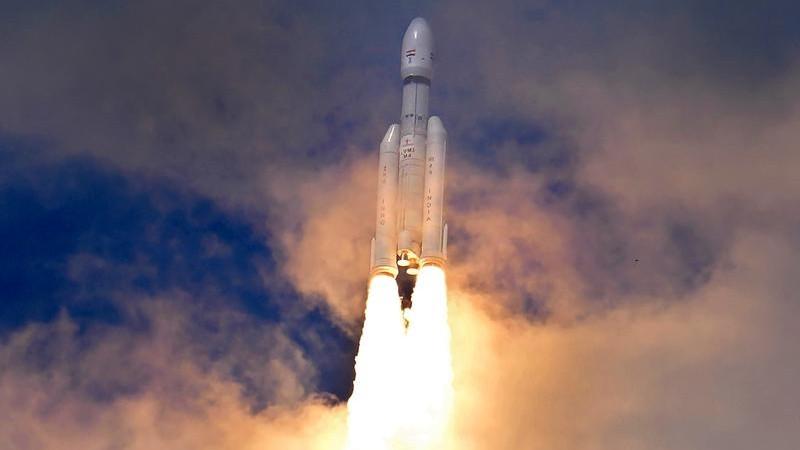
India reaches unchartered part of the Moon just days after Russian ship crashes
Title: India Triumphantly Reaches Undiscovered Territories of the Moon Amidst Russian Space Mishap
In a landmark achievement for space exploration, India has successfully reached uncharted territories of the moon, marking a major milestone for the country’s burgeoning space program. This momentous event comes just days after a Russian ship met a disastrous end, crashing during its lunar mission.
Across India, home to the world’s largest population, excitement and anxiety were palpable. From the bustling streets of Mumbai to the serene landscapes of Kerala, people crowded around television screens in offices, shops, restaurants, and homes, anticipating the historic moment with bated breath.
The Indian Space Research Organization (ISRO), India’s premier space agency, confirmed the successful landing of their lunar probe, Mangalyaan-2, on the previously unexplored part of the moon. This stunning feat distinguishes India as the fourth country to reach the moon, joining an elite group that includes the United States, Russia, and China.
Dr. K. Sivan, Chairman of ISRO, proudly declared, “This is a proud moment for our nation. We have successfully reached an unexplored part of the moon. This mission will not only enhance our understanding of the moon but also contribute significantly to global lunar research.”
The successful lunar landing is a testament to the technological advancements and capabilities of the ISRO, which has been steadily expanding its space exploration program. Over the past decade, ISRO has launched a series of successful missions, including the Mars Orbiter Mission in 2014, which made India the first Asian country to reach Mars.
This monumental achievement has put India in the spotlight of the international space community, overshadowing the recent unfortunate incident of the Russian ship crashing. The Russian Federation Space Agency (ROSCOSMOS) experienced a major setback when their unmanned spacecraft crashed during a lunar landing attempt. The incident has raised questions about the safety and reliability of Russian space technology, contrasting sharply with India’s successful lunar expedition.
While the Russian crash has undoubtedly cast a shadow over their space program, the international space community has rallied in support, emphasizing that such incidents are part and parcel of space exploration. NASA Administrator, Bill Nelson, expressed his condolences, stating “Space exploration is a risky venture. We stand in solidarity with our Russian counterparts during this challenging period.”
Meanwhile, the mood in India is jubilant. The successful lunar landing has sparked a wave of national pride across the country. Prime Minister Narendra Modi lauded the achievement, saying, “Today, every Indian is filled with pride. This is a remarkable accomplishment that showcases the ingenuity and perseverance of our scientists.”
This lunar mission is part of the broader Chandrayaan-2 project, which aims to enhance our understanding of the moon’s topography, mineralogy, and exosphere. The data collected by Mangalyaan-2 will play a critical role in future lunar exploration and the potential establishment of lunar habitats.
Though the mission was largely scientific, the geopolitical implications are significant. With the U.S., Russia, and China vying for dominance in space, India’s successful moon landing is a clear signal of its growing prowess in space exploration.
The lunar landing is not just a victory for India but also a triumph for global space exploration. As more countries venture into the great unknown, the prospect of unlocking the secrets of the universe becomes increasingly real.
As India basks in the glory of its lunar success, the world watches on with anticipation, eager to see what this emerging space power will accomplish next. The race to explore the final frontier continues, with the moon bearing silent witness to humanity’s relentless quest for knowledge.
